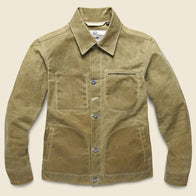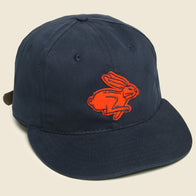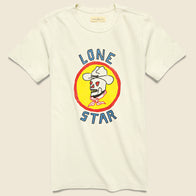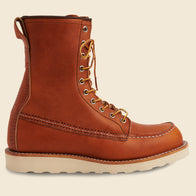Marked by Fire: Texas Cattle Branding
The idea of a brand as a company identity and the notion of a brand as a burned-in mark may seem unrelated, but they share a common origin. The word “brand” initially connoted fire or burning in most ancient Germanic languages, and it was through fire and burning that livestock were marked as belonging to a specific owner throughout the Middle Ages. The practice was widespread across all of Europe, but it was especially prevalent in the one country famous for its bulls and its free-grazing cattle: Spain.
The tradition was carried by Spanish conquistadors across the Atlantic to their burgeoning colonies in the New World. The early vaqueros of New Spain—later dubbed “Mexico”—used the ancient Spanish system of fire-brands to mark the cattle according to owner, preventing others from claiming them as their own. In Texas, where Anglo and Tejano cultures were in constant contact, cattle branding was quickly adopted by American cowboys as well. The symbols associated with different owners were so numerous that it became common for ranchers to carry reference books listing the provenance of each symbol. This enabled easy sorting during “roundup” time, and allowed for cattle from different owners to share grazing grounds in rich, grassy country.
Today, free-range grazing is far less common than in the past, but it still occurs, and heat branding is still used as proof of ownership. Brand registration and inspection are written as law in many Western states with standardized systems in place for creating new identifiers. Modern brands generally involve capital letters or numerals, coupled with an assortment of available symbols. A letter is described as “lazy” when it is depicted on its back, “tumbling” when at a forty-five degree angle, and “walking” or “running” when there is a flair or curve at the bottom.
To learn more about Texas cattle branding straight from the pros, click here.














